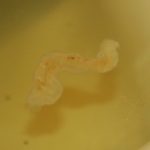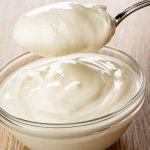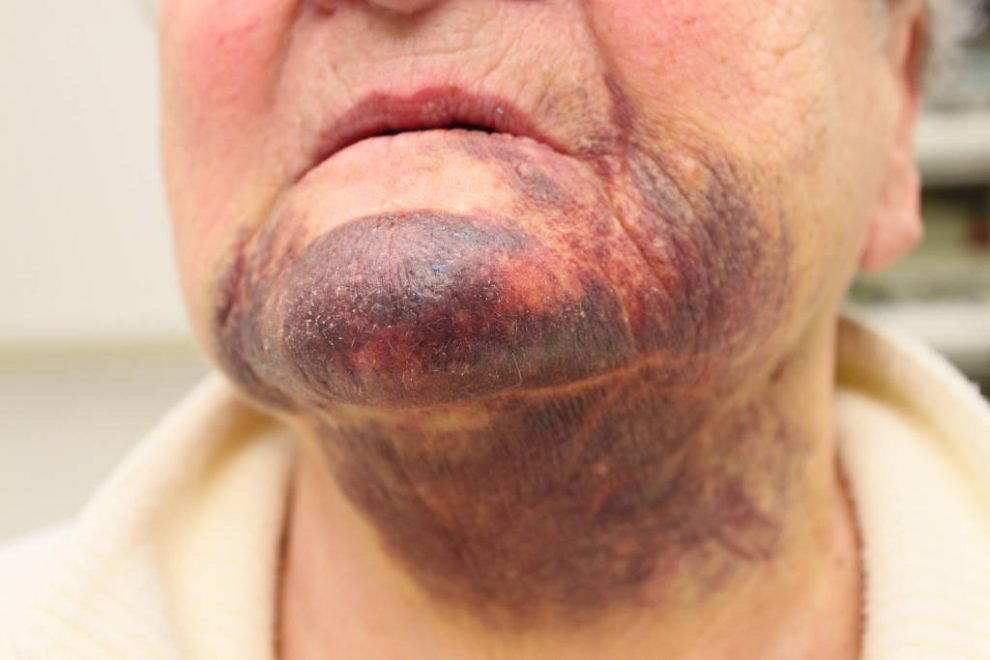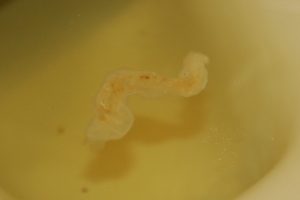The common bruises on the skin are medically known as ecchymosis or medical definition of ecchymosis is the traumatic injury damaging the blood vessels. The bruises are commonly formed as a result of damage to blood vessels. The blood vessel damage mainly occurs due to accidental injury. The blood vessels open up or burst and blood leaks out. In this article we will study the causes and treatment of this ecchymosis.
-
Contents
What is Ecchymosis?
The medical term which is used to describe bruises is known as ecchymosis. The bruises are formed on any traumatic injury to the blood vessels which result in leakage of blood into the surrounding tissues. The blood trapped under the skin forms purple to bluish black coloration. If we compare Ecchymosis Vs Bruise, both the conditions are somewhat similar as they both produce changes in skin coloration but the size is generally different. Ecchymosis from trauma generally takes longer time to heal.
-
Mechanism of Bruise Formation:
When a blood vessel is injured, the internal bleeding is likely to occur; as a result of this platelets are released in the damaged part to speed up clotting. When blood clots further leakage is prevented but at the same time bruise is formed which is prominent at the skin where blood vessel has damaged. Protein in the blood known as fibrinogen helps in blood clotting so that bleeding stops and the process of healing takes place. Ecchymosis healing period depends on the severity of injury.
-
Ecchymosis Symptoms:
There are some visible symptoms of ecchymosis. It is important to keep an eye on the bruises in order to prevent excessive loss of blood. The symptoms of ecchymosis include:
- The discoloration of skin with bluish black to purple appearance and is generally larger than 1 cm. Ecchymosis eyes normally gets bluish black coloration just under the eyes.
- The increased sensitivity and pain in the ecchymotic area especially around the damaged blood vessel and skin.
- During the process of ecchymosis, there are some prominent color changes in and around the skin due to the pooling of blood under the skin. The color of skin normally changes from red to purple, black to blue or sometimes brown to yellow during the process and its healing.
- On the strain and ecchymosis ankle sprain above a bone especially around ankle and wrist, ecchymosis is a common condition.
- With the process of aging, the skin gets thinner and as a result of it the blood vessels are at increased risk of bruises. Ecchymosis around eyes is also due to the same reason.
- Bruises are not hurting always especially when the injury is small.
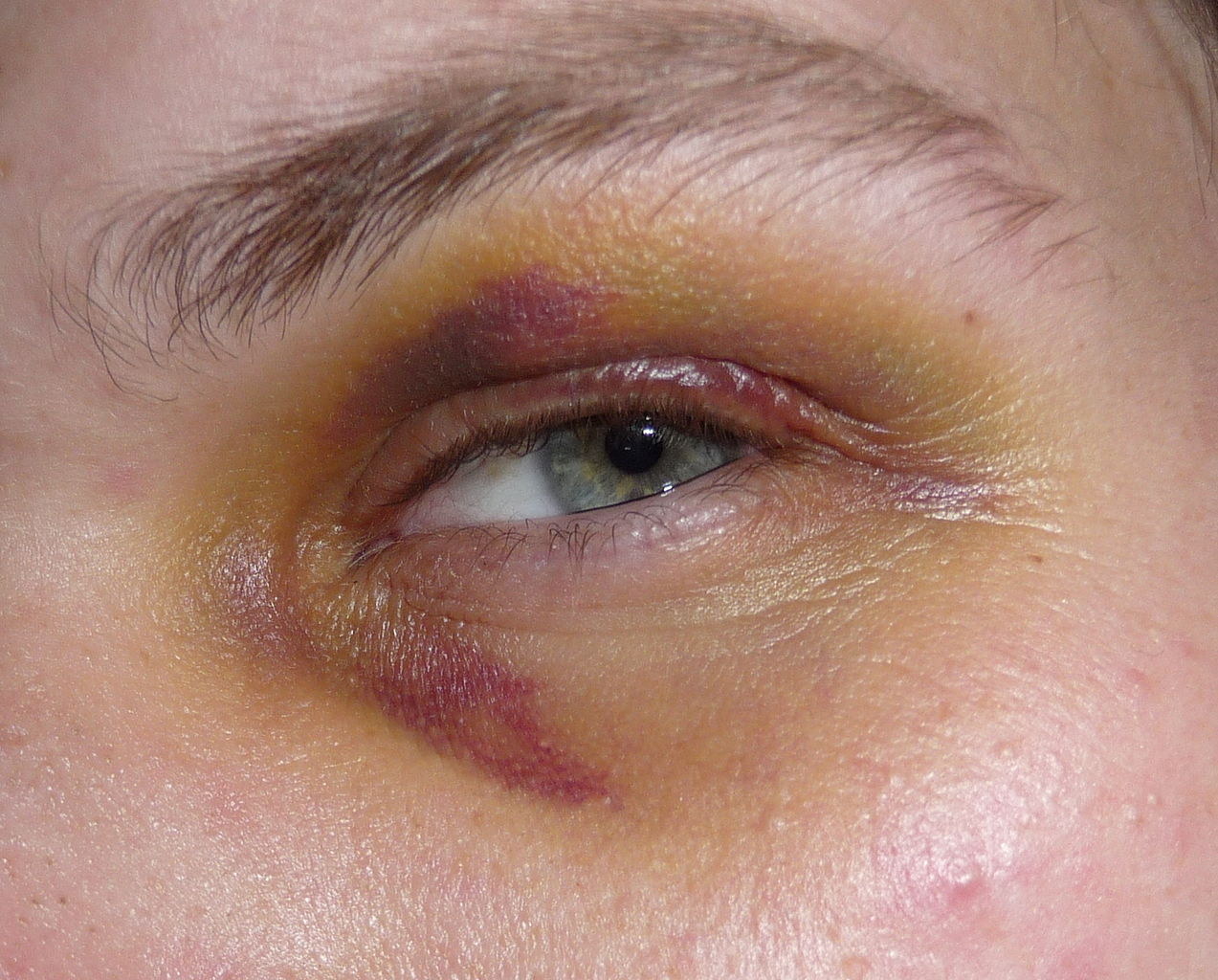
-
Ecchymosis Causes:
The most common cause of ecchymosis is injury. Any blow, fall or bump can result in damaging the underlying blood vessels under the skin and form bruises. Females are at increased risk of bruises. There are some conditions which favor the formation of bruises, such conditions are:
- Use of blood thinners such as warfarin or aspirin.
- Excessive use of antibiotics
- The long term use of corticosteroids and dietary supplements.
- Ecchymosis knee and ecchymosis lower legs are generally caused due to blow.
- Ecchymosis after surgery is also caused due to internal bleeding.
-
When to Consult Doctor?
You need to consult your doctor if you encounter the following symptoms:
- If the size of bruise formed is larger than normal.
- Unexplained bruise (the one which is formed without any blow or injury).
- If you have a family history of severe bleeding and you are at increased risk of bruise formation.
- If you are on blood thinning medicine or any long term antibiotic use and you are experiencing bruises, you need to consult doctor immediately.
-
Ecchymosis Diagnosis:
As you consult the physician, he will have a look at the bruises to make diagnosis. In extreme cases, X-ray is advised to find out if any bone is broken. Sometimes the blood test is also advised to determine the level of platelets in the body. Blood coagulation test or Ecchymosis blood test can also be taken to find out if the blood clotting mechanism is working well in the body.
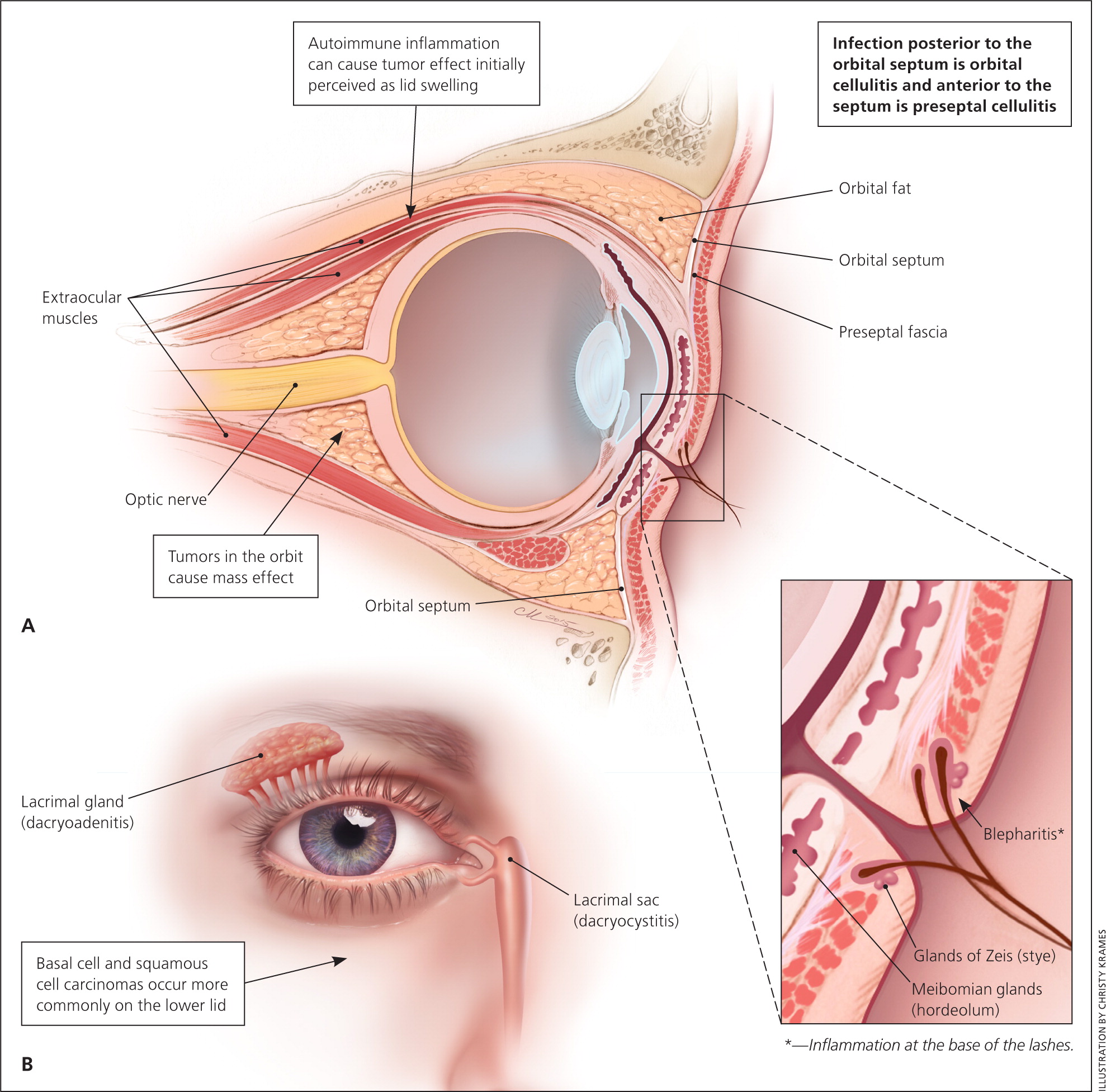
-
Ecchymosis Treatment:
Under normal circumstances, ecchymosis heals within few weeks depending on the speed of healing and nature of injury. If the injury is deeper and bones are broken it might take a long to heal and in this way ecchymosis take long time to fade. There are some simple ecchymosis home remedies such as:
- Application of ice pack on the damaged skin act as a fast Ecchymosis cure.
- In order to prevent painful swelling you need to keep the injured limbs above your heart.
- To facilitate faster flow of blood, you can apply heat pack after injury. This is an ideal ecchymosis remedy.
- NSAIDs can reduce inflammation and reduce pain. You can take non steroidal anti-inflammatory drugs to get relief.
-
Prevention of Ecchymosis:
It is not possible to avoid ecchymosis but you can take some precautionary measures to lower the risk. Take the measures mentioned below to stay protected:
- Don’t forget to wear protection while playing active sport.
- In order to prevent fall keep your floors and paths clean.
- Never place any object on stairs
- Take care while walking near the furniture; try to rearrange the furniture to reduce the risk of bumps.
- Make use of lamps, torches, bed side lamps at night to avoid the bangs.
-
Bottom Line:
Ecchymosis is a medical term used to describe bruises. Ecchymosis occurs mainly when the blood vessels closer to the skin get damaged due to blow or bump and as a result blood leaks into the surrounding tissues. The bruises heal up within few days but if the condition takes longer and you experience unexplained ecchymosis, you need to get medical supervision.
Read this Article : 10 Amazing Benefits of Using Glycerin for Skin


